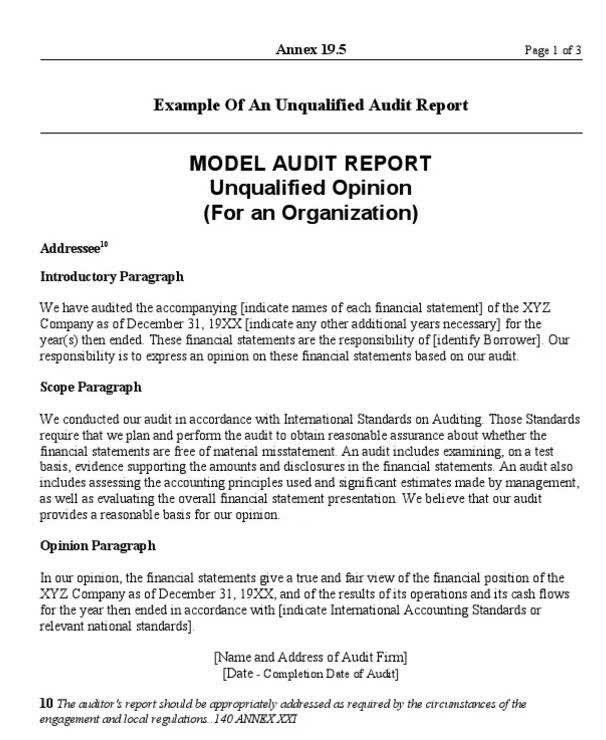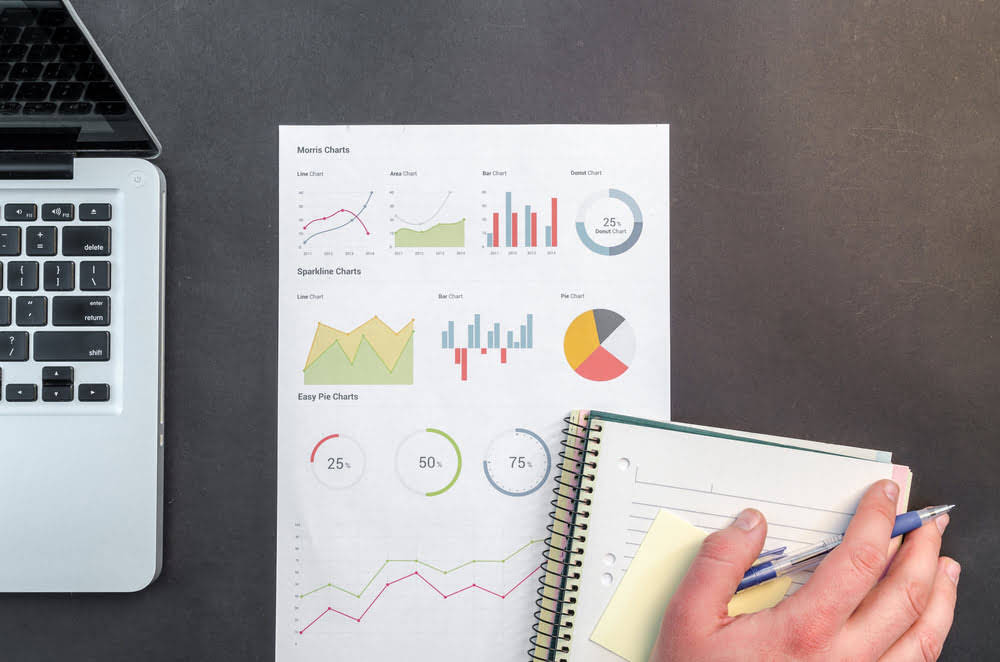Balance Sheet Formula Assets = Liabilities + Equity

If you understand all of the above, then you are well on your way to understanding the three-statement model framework. In a future post we will explore the balance sheet in greater detail, and with that foundation in place we can move on to the income statement and cash flow statement. Ultimately the goal is to develop a mental model that allows you to understand how any transaction will impact each of the three financial statements. This balance sheet equation is used to calculate the relationship between your business assets, liabilities, and equity based on basic and expanded accouting information. Current liabilities are usually paid with current assets; i.e. the money in the company’s checking account.
Accounting Equation: What It Is and How You Calculate It
Under the accrual basis of accounting, the Service Revenues account reports the fees earned by a company during the time period indicated in the heading of the income statement. Service Revenues include work completed whether or not it was billed. Service Revenues is an operating revenue account and will appear at the beginning of the company’s income statement. If the net amount is a negative amount, it is referred to as a net loss. Losses result from the sale of an asset (other than inventory) for less than the amount shown on the company’s books. Since the loss is outside of the main activity of a business, it is reported as a nonoperating or other loss.
- In other words, this equation allows businesses to determine revenue as well as prepare a statement of retained earnings.
- The ratio is typically calculated on an annual basis, though any time period can be selected.
- The business has paid $250 cash (asset) to repay some of the loan (liability) resulting in both the cash and loan liability reducing by $250.
- These resources are often classified based on their liquidity and the time frame in which they are expected to be converted into cash or consumed.
- The elements of financial position are assets, liabilities, and equity.
- These accords, namely, Basel I, Basel II, and Basel III, is to ensure that banks and financial institutions have the required amount of capital to absorb the unexpected losses.
Transactions and the Accounting Equation
Under the accrual basis of accounting, this account reports the cost of the temporary help services that a company used during the period indicated on its income statement. This is a contra owner’s equity account, because it has a debit balance if draws were made. Even though it is a balance sheet account, it is a temporary account.

What Is Accounting Equation?

Long-term liabilities, or non-current liabilities, are typically mortgages or loans used to purchase or maintain fixed assets, and are paid off in years instead of months. Liabilities are the debts, or financial obligations of a business – the money the business owes to others. Liabilities are classified as current liabilities or long-term liabilities. Equity comprises various components, primary among them being retained earnings, contributed capital, and additional paid-in capital. Retained earnings represent the cumulative profits that have been reinvested in the business rather than distributed to shareholders as dividends.
Order to Cash Solutions

By understanding the accounting equation, companies can make informed financial decisions and maintain accurate financial records. For example, an increase in an asset account can be matched by an equal increase to a related liability or shareholder’s equity account such that the accounting equation stays in balance. Alternatively, an increase in an asset account can be matched by an equal decrease in another asset account. It is important to keep the accounting equation in mind when performing journal entries. These may include loans, accounts payable, mortgages, deferred revenues, bond issues, warranties, and accrued expenses. The balance sheet always balances out but the accounting asset equation equation can’t tell investors how well a company is performing.

The accounting equation is a fundamental concept in accounting that serves as the foundation for all financial transactions. It is a simple formula that represents the relationship between assets, liabilities, and equity. In practice, the accounting equation is used to keep track of all financial transactions and ensure that the balance sheet remains in balance. The basic accounting equation is the foundation of accounting principles, and it is crucial for anyone who wants to learn accounting. The equation shows the relationship between a company’s assets, liabilities, and equity. In other words, it represents the financial position of a company at a specific point in time.
How to show the effect of transactions on an accounting equation?
- It is used to transfer totals from books of prime entry into the nominal ledger.
- This misrepresentation could arise from various factors such as mistakes in data entry, failure to record a transaction accurately, or even fraudulent activities.
- This equation is used to ensure that the balance sheet remains in balance.
- Liabilities also include amounts received in advance for a future sale or for a future service to be performed.
- Since the statement is mathematically correct, we are confident that the net income was $64,000.
- Under the accrual basis of accounting, this account reports the cost of the temporary help services that a company used during the period indicated on its income statement.
Assets are classified into liquid assets illiquid assets, depending on their liquidity. A liquid asset is that asset that can be easily converted into cash or readily sold for cash; otherwise, it is called an Illiquid asset. In the below-given figure, we have shown the calculation of the balance sheet. Therefore, the net assets of the TATA motors for March 2018 were 95,427.91, which would compromise equity and reserves. Kedia broker and CARES Act the company are following TATA motors, one of the listed companies of NSE.
Example of the ROA Ratio
Companies can artificially inflate their asset turnover ratio by selling off assets. This improves the company’s asset turnover ratio in the short term as revenue (the numerator) increases as the company’s assets (the denominator) decrease. However, the company then has fewer resources to generate sales in the future.
A current asset whose ending balance should report the cost of a merchandiser’s products awaiting to be sold. The inventory of a manufacturer should report the cost of its raw materials, work-in-process, and finished goods. The cost of inventory should include all costs necessary to acquire the items and to get them ready Cash Flow Management for Small Businesses for sale.



